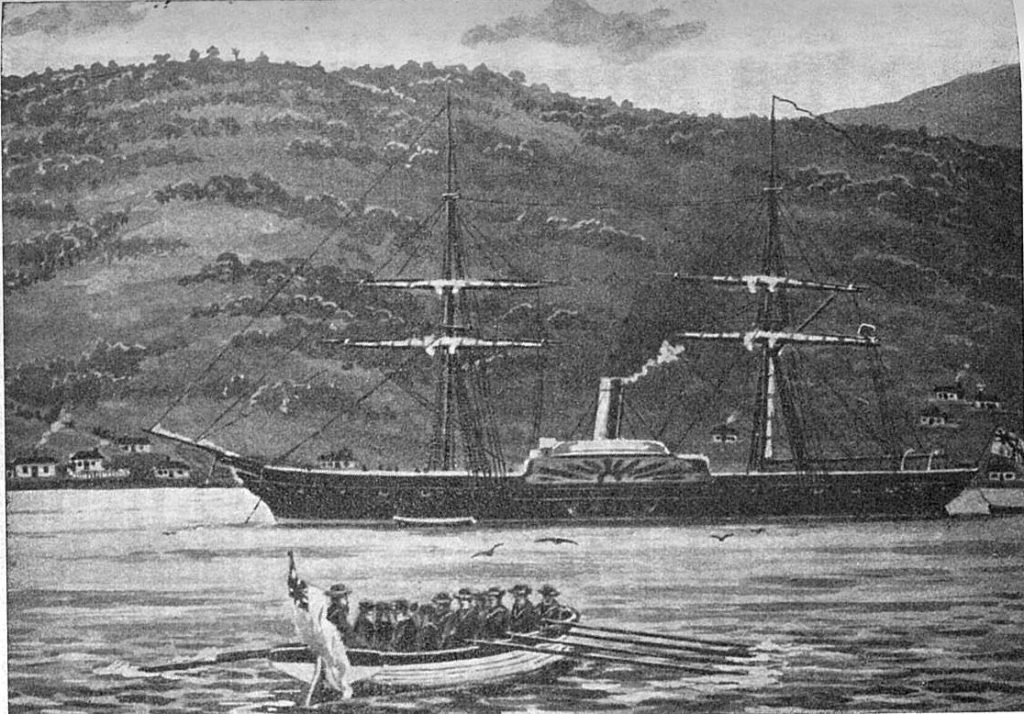
War changed the face of New Zealand in the 19th century. Tens of thousands of Māori may have died in the intertribal Musket Wars fought between the 1810s and the 1830s. Muskets revolutionised intertribal warfare, decimating some tribes and drastically shifting the boundaries of areas controlled by others. Thousands fled their traditional lands, complicating questions of ownership and opening large areas to potential Pākehā (European) settlement.
Between the 1840s and the 1870s British and colonial forces fought to open up the interior of the North Island for settlement in conflicts that became known collectively as the New Zealand Wars. Sovereignty was contested on the ground despite the signing of the Treaty of Waitangi in 1840, and Māori became less willing to sell land to the rapidly growing European population. Many Māori died defending their land; many other Māori allied themselves with the colonists for a variety of reasons, sometimes to settle old scores.
Most of the several thousand people killed during the New Zealand Wars were Māori, and the land of many of the survivors was subsequently confiscated.
‘New Zealand’s 19th-century wars’, URL: https://nzhistory.govt.nz/war/new-zealands-19th-century-wars/introduction

Imperial Regiment and Corp movements in New Zealand
The information below relates to newspaper entries of the time describing Imperial troop movements in to, out of and around New Zealand.
The table contains the date of the newspaper the entry can be found in, a summary of movements and the abbreviated name of the newspaper.
For full entry or article and further research, all of these articles can be found at paperspast.natlib.govt.nz, the digital repository at the NZ National Library.
Newspapers are denoted as:
NZ = The New Zealander
SC = The Southern Cross
SH = The Sydney Herald and Sydney Morning Herald

One or more columns doesn't have a header. Please enter headers for all columns in order to proceed.
